What if your mom was in the jacuzzi with you after prom? Photographer Martine Fougeron photographed her sons in that very moment, along with many others, in her powerful body of work ‘Teen Tribe.’ Soon to be released as a book with Steidl, Martine’s intimate photographs show her sons and their friends eating, bathing, joking, reading, smoking, flirting, and sleeping.
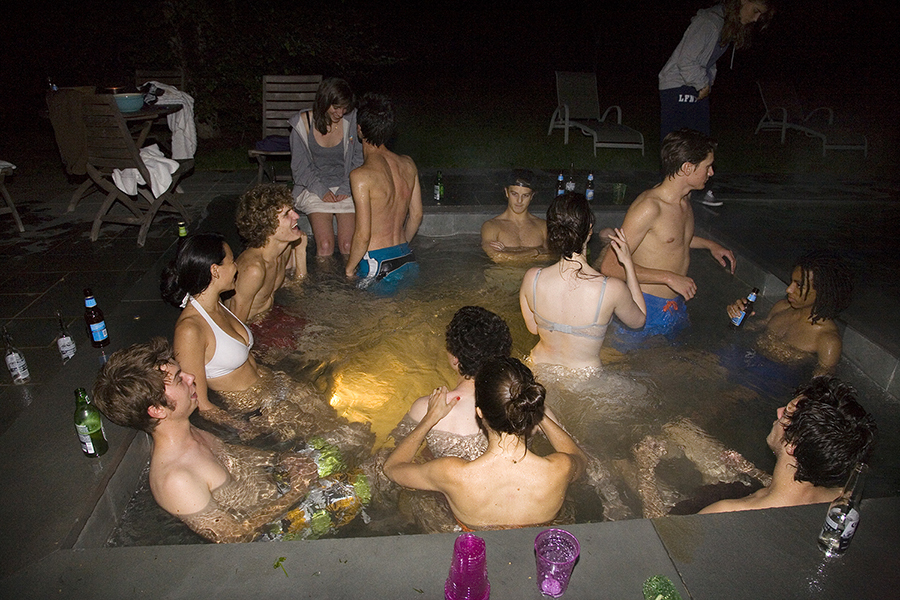
Fougeron lives in a part of the Bronx that requires a full page of directions to find, including the line: ‘You go downhill under the dreadful Bruckner Boulevard (worst part).’ She has lived in a beautiful house in this fringy neighborhood with her sons Nicolas and Adrien for six years. Along with their previous place in the West Village and a summer spot in the south of France, this is where she’s photographed their complex, emotional, swaggering adolescence.
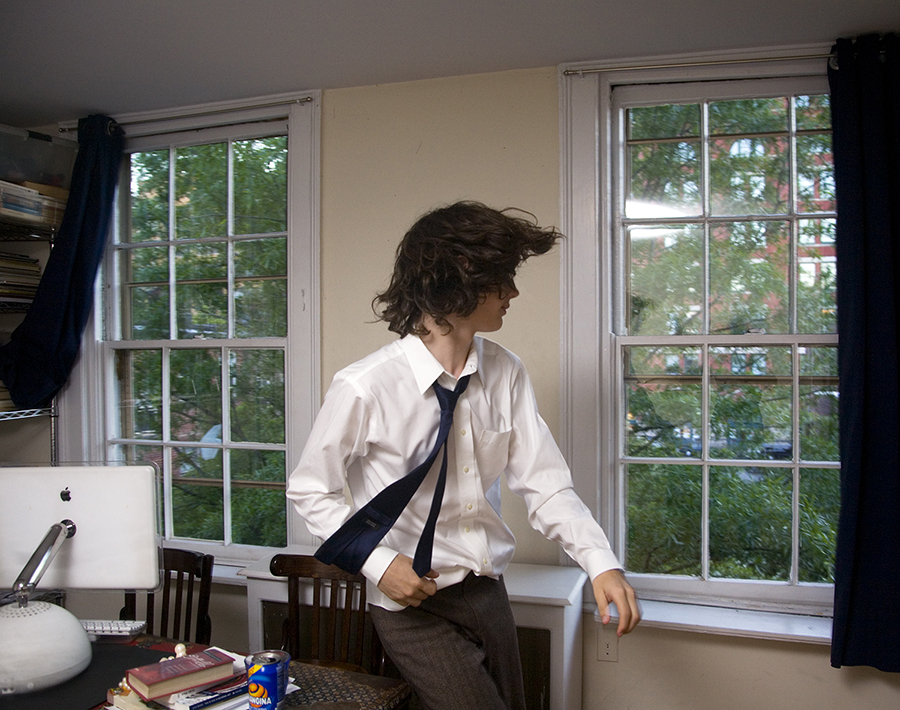
Although Martine’s work has been featured in dozens of exhibitions, two books, and in the pages of The New Yorker and The New York Times, she came to photography rather late in life. As a creative director for perfumes, she worked on iconic scents like Clinique’s ‘Happy’ until the industry started to feel too corporate. “I was too young to be bored in a job,” she says. “Even though it was highly paid, and had a great title, that’s not what I’m really about. ” After 9/11 she took a photography class at the International Center for Photography, and began seriously taking pictures of her sons.

At first she resisted the project, worried that the topic would marginalize her. “I didn’t want to be the mom going back to school, taking photos of her kids,” she says. But she couldn’t resist the tempting subjects at her dinner table. “Clearly they were the best pictures, the most intimate. I think it gave me a lot of creative control to be able to do something domestic, and I realized that it was more than creative control, it was also subject control and the interest in the subject.”
Martine is not the only notable female photographer doing important work around her children. Tierney Gearon does, as well as, famously, Sally Mann. In a revealing new article in the New York Times Magazine, Mann describes editing the photos she took of her children with them, and giving them veto power. Fougeron does the same.

But she sees positivity in the discomfort around certain pictures. “There was one photo of my son [Adrien], he’s lying on a blue couch and he looks very androgynous. People would say, ‘Who’s that pretty girl?’ The third time he heard it, he just went berserk and said ‘I’m not a girl,’ and went and got his haircut. He took it in and it created a reaction; he wasn’t seeing himself as other people were seeing him.” Similarly, Nicolas found photos of himself playing war games with glazed eyes disturbing, and made a move to become less isolated.
With her wild, wiry hair, perma-cigarette, and chill yet excitable nature, you can totally see how Martine became a trusted part of her sons’ teen universe for so many years. It became almost a way of keeping her sons close to home, in those years when they couldn’t go to bars or roam the streets. “My kids had a definite tribe, they were always coming to the house. I would print the pictures, and they would look at the pictures, and they actually also really encouraged me. You know, ‘This is how we are, you really capture us.’ The pictures represented something about their lives that they cared about.”

“I tried to make myself pretty invisible,” says Martine. “A lot of it is at night, so they couldn’t see me too much either. I would stay twenty minutes at a party. If after twenty minutes I don’t have the picture I just leave. So they knew I wasn’t going to hang out the whole time.”
What did the other kids’ parents think of these revealing glimpses into their childrens’ lives? They didn’t really know, says Martine, until a film and an exhibition came around. And then? “They even felt a little jealous? I think I’m like the aunt/confidante and I guess they had a stricter way of raising their own sons and daughters, most of them. And more distant.”

But Martine’s house wasn’t a free-for-all teen orgy: “I set rules, they were pretty strict rules.” Kids that were out of hand were sent home, parties couldn’t last after a certain time, drug dealers were banned from the doorstep. And most importantly, they couldn’t lie to her. One guy did and he wasn’t allowed back.
Once the rules were set Martine was able to watch the gorgeous drama of teen life unfold. And she is a passionate observer: “I think it’s a fabulous age, and I wanted to embrace it. My belief is all your dreams can blossom in adolescence. And your sense of identity.”‘

Beyond that, Martine considers the teen years to be an almost magical time of creative and sexual energy. “They’re always asking themselves metaphysical questions,” she explains. “It’s incredible what’s going on in their brain development and emotional development, so it’s like, intense metaphysical subjects with sexual creativity. Sexuality is basically a creative strength coming out.”
As the ‘Teen Tribe’ series is viewed by more and more people around the world, what does Martine find that people are not understanding about the work? “One thing that does aggravate me is when people say, ‘They’re so beautiful.’ I’m like, it so happens that they are good looking, but when they just say that about the work I feel a little offended. I’m happy that they think they’re beautiful, but I don’t think that the work is about their aesthetic appeal. That’s a side benefit, I wouldn’t say it’s the centerpiece of the work.” So, comparisons with, say, Hedi Slimane’s photos of louche models for Yves Saint Laurent, or Glen Luchford’s androgynous boys for Gucci would be understandable, but unwelcome.
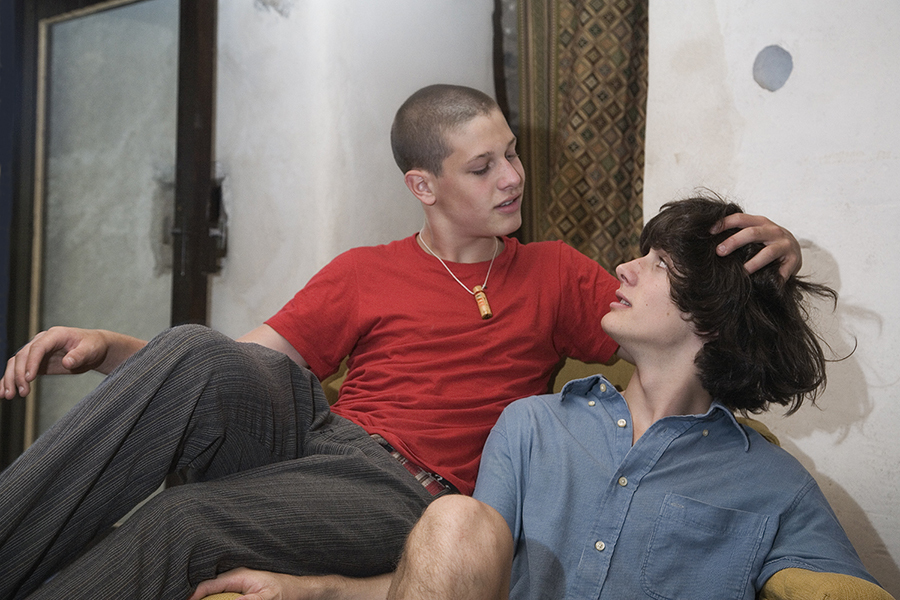
Martine’s sons are back from college, living at home again. They’re artists themselves, and she still takes their pictures. This is the last chapter of the project, their early twenties. She’s convinced that ‘Teen Tribe’ has brought her family together. “What I’m really happy about is that the fact of photographing them actually strengthened our bond. It really helped me see even more I think than I would have, who each one was individually, and how to educate each one.”
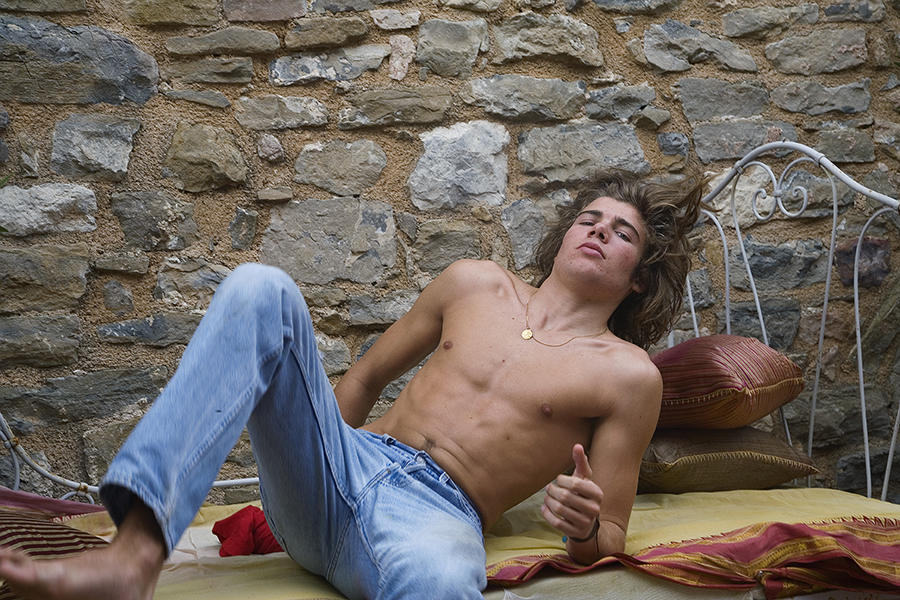
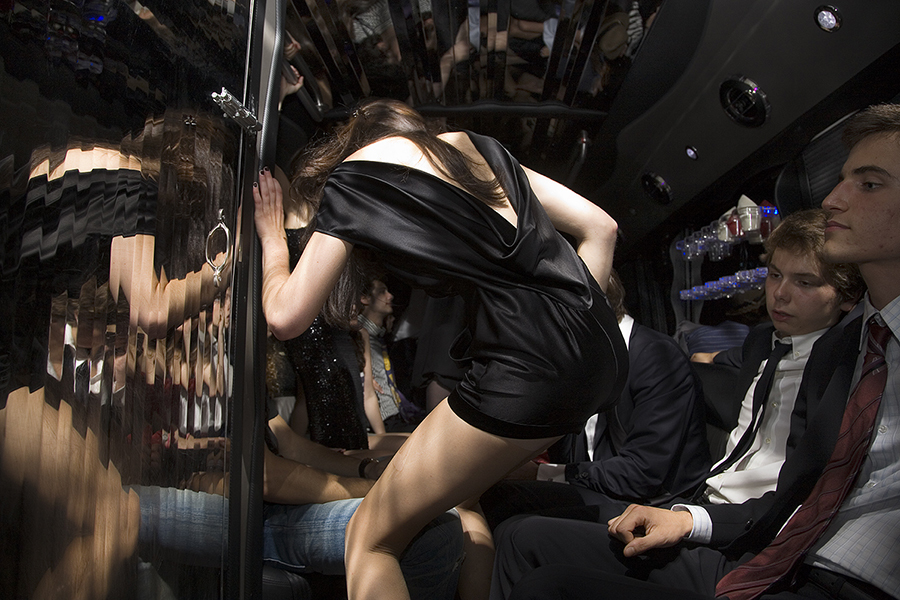
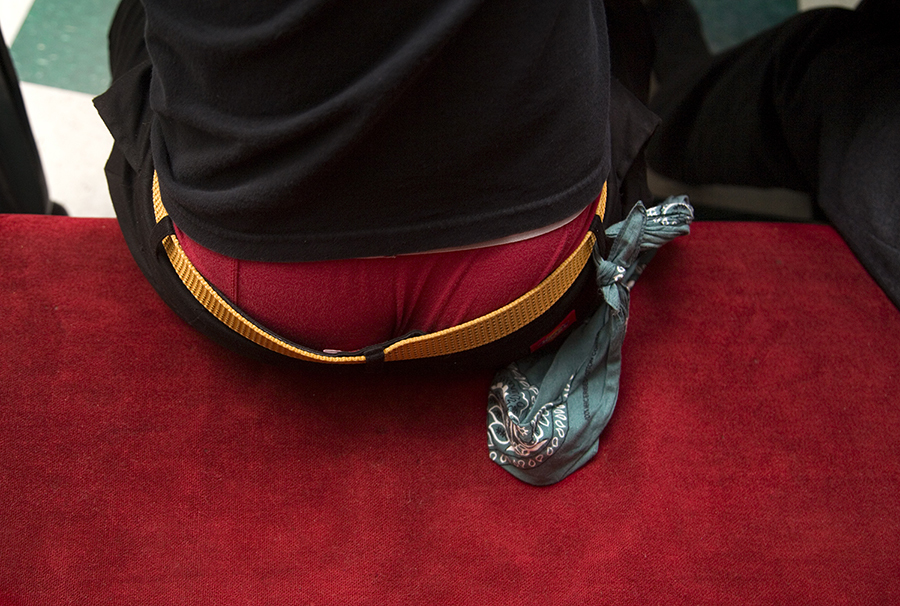

Credits
Text Rory Satran
All photography, courtesy Martine Fougeron
